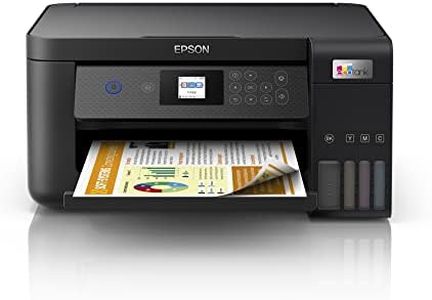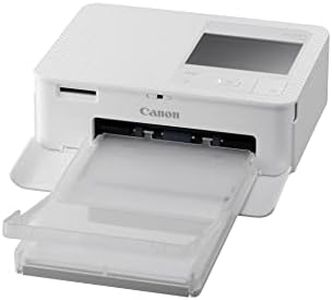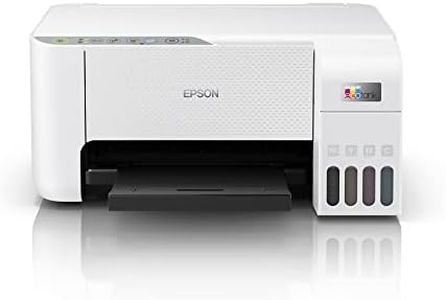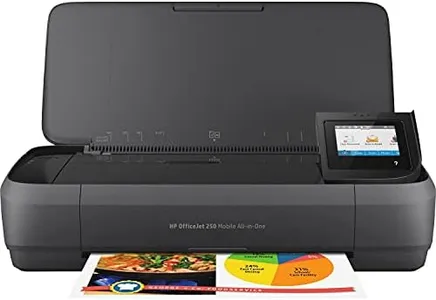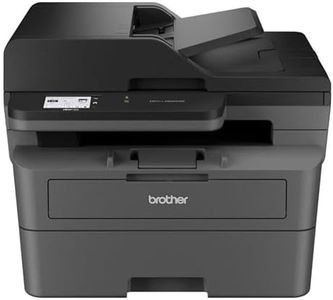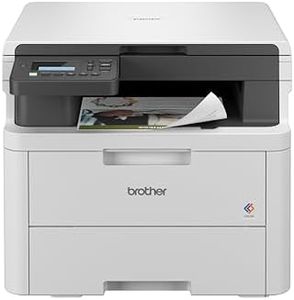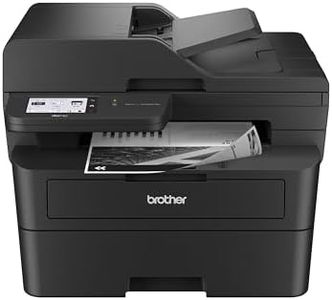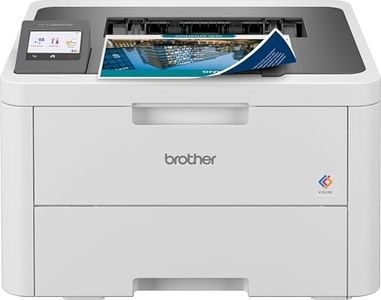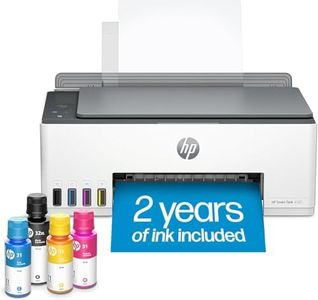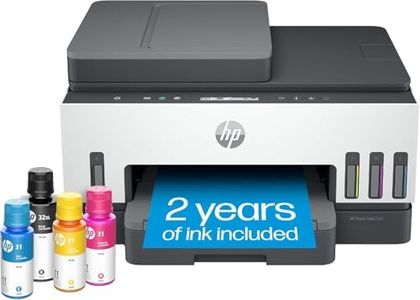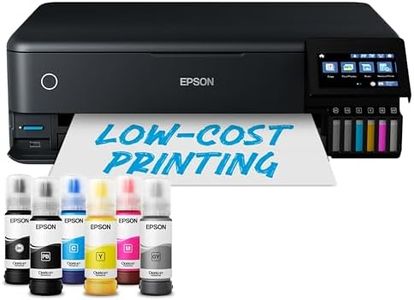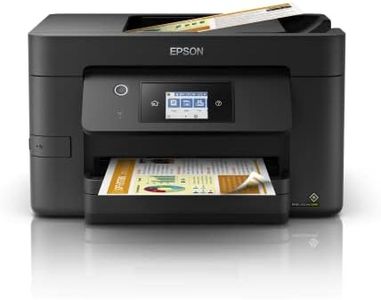We Use CookiesWe use cookies to enhance the security, performance,
functionality and for analytical and promotional activities. By continuing to browse this site you
are agreeing to our privacy policy
10 Best Wifi Printers
From leading brands and best sellers available on the web.Buying Guide for the Best Wifi Printers
Choosing a WiFi printer can really simplify your printing needs, whether you're working from home, at the office, or just want to print directly from your devices without dealing with cables. The ideal printer should fit the types of documents you handle, the frequency of your printing, and your available space. Before picking one, think about how often you print, if you need color or only black-and-white, and what other features like scanning or copying might be helpful.Print TechnologyPrint technology tells you how the printer produces text and images. The two main types are inkjet and laser. Inkjets are versatile, handling both documents and photos with vibrant colors, while laser printers are faster and better for high-volume black-and-white printing. If you print a lot of documents quickly, a laser printer is likely better. If you sometimes want photos or color documents, an inkjet can serve those extra needs.
Print SpeedPrint speed is usually measured in pages per minute (ppm), and it tells you how fast the printer works. Lower speeds (under 10 ppm) are fine for occasional home use, while higher speeds (15-30 ppm or more) are better for offices or frequent printing. Consider how many pages you print regularly—if speed matters to you for large jobs, look for printers with higher ppm.
Connectivity OptionsConnectivity options describe how you can send documents to the printer. All WiFi printers connect wirelessly, but many also support features like WiFi Direct, mobile printing apps, and sometimes even Bluetooth. If you want to print straight from your phone, tablet, or cloud storage, check that the printer supports these extra wireless features. Choosing more flexible connectivity means you won't run into problems linking new devices.
Functionality (All-in-One or Single Function)Functionality reflects whether the printer just prints or also scans, copies, or faxes. Single-function printers only print, which is fine if that's all you need. All-in-one printers can scan, copy, and sometimes fax, making them suitable for home offices or anyone wanting to do more than just print. Consider your daily tasks and pick based on whether scanning and copying will be useful to you.
Print Quality (Resolution)Print quality is measured in dots per inch (DPI) and affects how sharp and detailed your prints are. Lower resolutions (600 x 600 DPI) are okay for text, while higher resolutions (1200 x 1200 DPI and above) produce clearer graphics and photos. If your documents include images or you want to print photos, choose a higher resolution. For mostly text, standard resolution is adequate.
Paper HandlingPaper handling covers the types and sizes of paper a printer supports, as well as its input and output tray capacity. Some printers only take standard letter or A4 paper, while others can handle envelopes, cards, or legal-size sheets. If you often print on various paper types or need to load a big stack at once, check for these features. Think about what you usually print and make sure the printer can keep up.
Operating System CompatibilityOperating system compatibility means the printer will work with the computers, tablets, and phones in your home or office. Double-check that the printer supports the operating systems you use, like Windows, macOS, Android, or iOS. This ensures that setup is smooth and you won't have trouble sending print jobs from any device you want.

